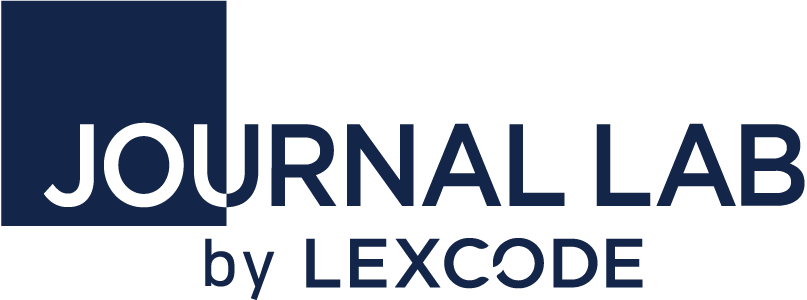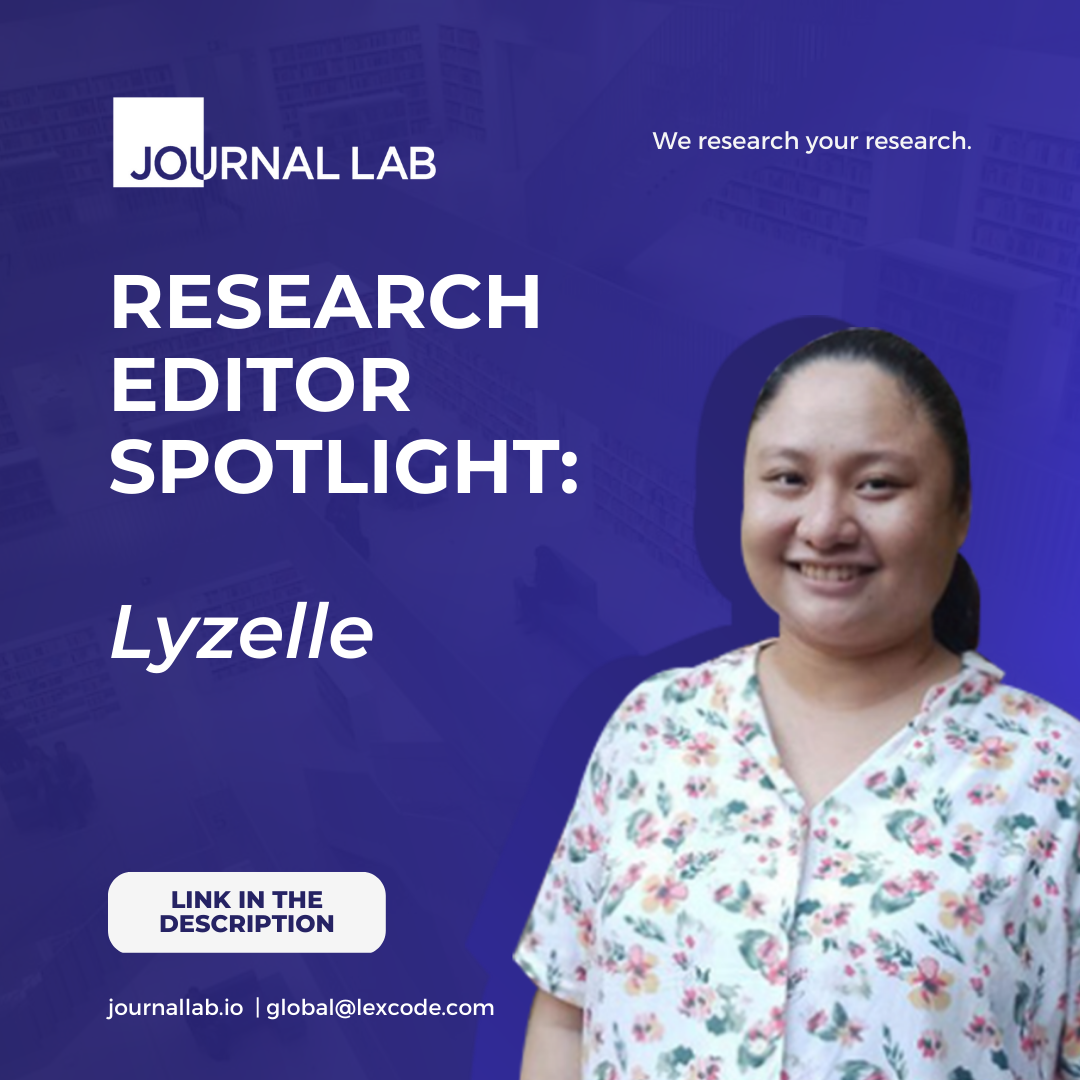Services Requested: Scholar Editing, Formatting, and Submission
Result: Accepted and Published
In 2021, Dr. Aeri Jang of the Department of Nursing at Nambu University requested Scholar Editing, Formatting, and Submission services from Journal Lab with the intent to submit her manuscript to the International Journal of Environmental Research and Public Health, the journal of choice. Journal Lab took on this project and will continue to assure its dedication to quality work, as Dr. Jang regularly availed of the company’s services in the past.
The project notably had a shorter turnaround time from the project’s beginning to submission, with very few issues encountered during each stage of the project. As such, the submission proceeded without difficulties, and communications between the client and the editor were smooth.
Below are some of the challenges, solutions, and results of one such project handled by Journal Lab through its various services, as well as background information concerning the project.
Client’s Title and Background:
- Aeri Jang, PhD Nursing: Professor, Department of Nursing, Nambu University, Gwangju, South Korea
Services Requested:
-
- Retaining proper presentation of technical terms
- Logical presentation of information, especially for measurements, to improve readability
- Providing an explanation of the study’s sub-variables
- Suggesting practical implications of the study’s data
- Proper documentation of ethical considerations and data collection
Solutions:
-
- Conducted research to verify terminology usage as correct and accurate
- Suggested use of additional tables to present data more concisely and cleanly
- Merged sub-variable information into tables and provided simple descriptors for each of them
- Highlighted the necessity for follow-up studies that investigate development programs for improving resilience in nurses and the work environment locally and worldwide
- Contacted the author of the Connor-Davidson Resilience Scale (CD-RISC, 2003) to request permission to use their materials for the manuscript
Results:
- Content of manuscript, especially for the Abstract and Introduction sections, revised following fact-checking by editor
- Additional tables with key information added to the manuscript
- Sub-variable information was added to tables instead of presenting each one individually in the text
- Extended Conclusions section to provide suggestions for future research direction
- Obtained permission to use study material from the original author with proper documentation for the target journal’s reference
- Confirmed successful publication of the client’s manuscript in the journal Environmental Research and Public Health (See journal publication here.)
-
- Scholar Editing: This service was the initial focus of the requests, as most of the items that required editing and revisions were based on the accurate and logical presentation of the study’s data. The assigned Journal Lab editor can offer suggestions on improving a study based on the areas that require further elaboration from the author. Difficulties regarding the text’s readability and coherence are further clarified through comments communicated by the assigned editor during the editing phase, and any points for revisions, such as additions from the client, are also incorporated where needed.
- Formatting: Preparations for submission to a manuscript should follow a journal’s guidelines, especially the inclusion of the client’s intent to submit to a journal in a cover letter. Additional documents, such as the express permission to use another study’s datasets or content, should be provided to ensure adherence to publication ethics and transparency. Should clients want to provide certain information, such as supplementary datasets, for their manuscripts, the assigned editor can suggest ways to do so based on the journal’s requirements.
- Submission: The client’s manuscript is submitted to the target journal. If the target journal requests additional revisions following a review by their editors or referees, the Journal Lab editor assigned to the project can assist with preparing and editing response letters and communicating with the journal, if necessary.
Subject Category:
- Biomedicine – Public, Environmental, and Occupational Health
Research Purpose:
- The study explored how work environments affect new nurses’ resilience, as the relationship between the two is unclear.
Target Journal:
Timeline:
-
- 2/21/2022: Project, services requested, and target journal information received.
- 2/25/2022: Completed initial Scholar Editing and Formatting Requests, including additional files required for submission.
- 2/25/2022 – 3/2/2022: Revision period to identify and correct manuscript in preparation for submission. Obtained documentation to use supplementary materials from the original author of another study to be used in the client’s manuscript.
- 3/4/2022: Submitted manuscript, supplementary files, and additional documentation to the journal.
- 4/22/2022: Client manuscript accepted by the International Journal of Environmental Research and Public Health
- 4/24/2022: Client manuscript published by the target journal and available for viewing.
Challenges:
-
- Retaining proper presentation of technical terms
- Logical presentation of information, especially for measurements, to improve readability
- Providing an explanation of the study’s sub-variables
- Suggesting practical implications of the study’s data
- Proper documentation of ethical considerations and data collection
Solutions:
-
- Conducted research to verify terminology usage as correct and accurate
- Suggested use of additional tables to present data more concisely and cleanly
- Merged sub-variable information into tables and provided simple descriptors for each of them
- Highlighted the necessity for follow-up studies that investigate development programs for improving resilience in nurses and the work environment locally and worldwide
- Contacted the author of the Connor-Davidson Resilience Scale (CD-RISC, 2003) to request permission to use their materials for the manuscript
Results:
- Content of manuscript, especially for the Abstract and Introduction sections, revised following fact-checking by editor
- Additional tables with key information added to the manuscript
- Sub-variable information was added to tables instead of presenting each one individually in the text
- Extended Conclusions section to provide suggestions for future research direction
- Obtained permission to use study material from the original author with proper documentation for the target journal’s reference
- Confirmed successful publication of the client’s manuscript in the journal Environmental Research and Public Health (See journal publication here.)


